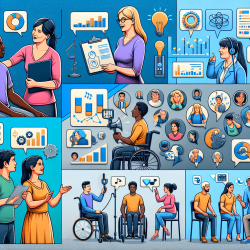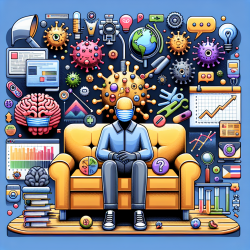Embracing the Light: A New Era of Classroom Learning
In the realm of educational settings, the environment plays a pivotal role in shaping student outcomes. Recent research has highlighted the significant impact of classroom lighting on student performance, accounting for up to 21% of progress improvements. This revelation opens a new frontier for educators and practitioners to explore innovative solutions that enhance learning experiences.
The Smart Lighting Revolution
The study titled Development and Implementation of a Self-Optimizable Smart Lighting System Based on Learning Context in Classroom presents a groundbreaking approach to classroom lighting. This research introduces a smart lighting system capable of dynamically adjusting brightness, correlated color temperature (CCT), and illuminance distribution according to specific learning contexts. By integrating with school schedules, this system allows both manual and automatic control, optimizing the classroom environment for diverse educational activities.
Key Features of the Smart Lighting System
- Adaptive Control: The system can adjust lighting based on zones within the classroom, catering to the unique needs of different learning activities.
- Data-Driven Optimization: By collecting and analyzing environmental and performance data, the system continuously evolves to enhance student outcomes.
- Integration with IoT: Leveraging IoT technology, the system offers precise control over lighting settings, ensuring optimal conditions for various educational scenarios.
Implications for Practitioners
For speech-language pathologists and educators, the integration of smart lighting systems presents an opportunity to create more conducive learning environments. By understanding the correlation between lighting conditions and student performance, practitioners can tailor interventions to maximize student engagement and success.
Moreover, the data-processing framework introduced in the study provides a robust platform for further research. By examining the effects of different lighting configurations on student outcomes, educators can refine their strategies and contribute to the growing body of knowledge in this field.
Encouraging Further Exploration
As we continue to explore the intersection of technology and education, the potential for smart lighting systems to transform classroom environments is immense. Practitioners are encouraged to delve deeper into this research, exploring the possibilities of implementing such systems in their own educational settings.
To read the original research paper, please follow this link: Development and Implementation of a Self-Optimizable Smart Lighting System Based on Learning Context in Classroom.










